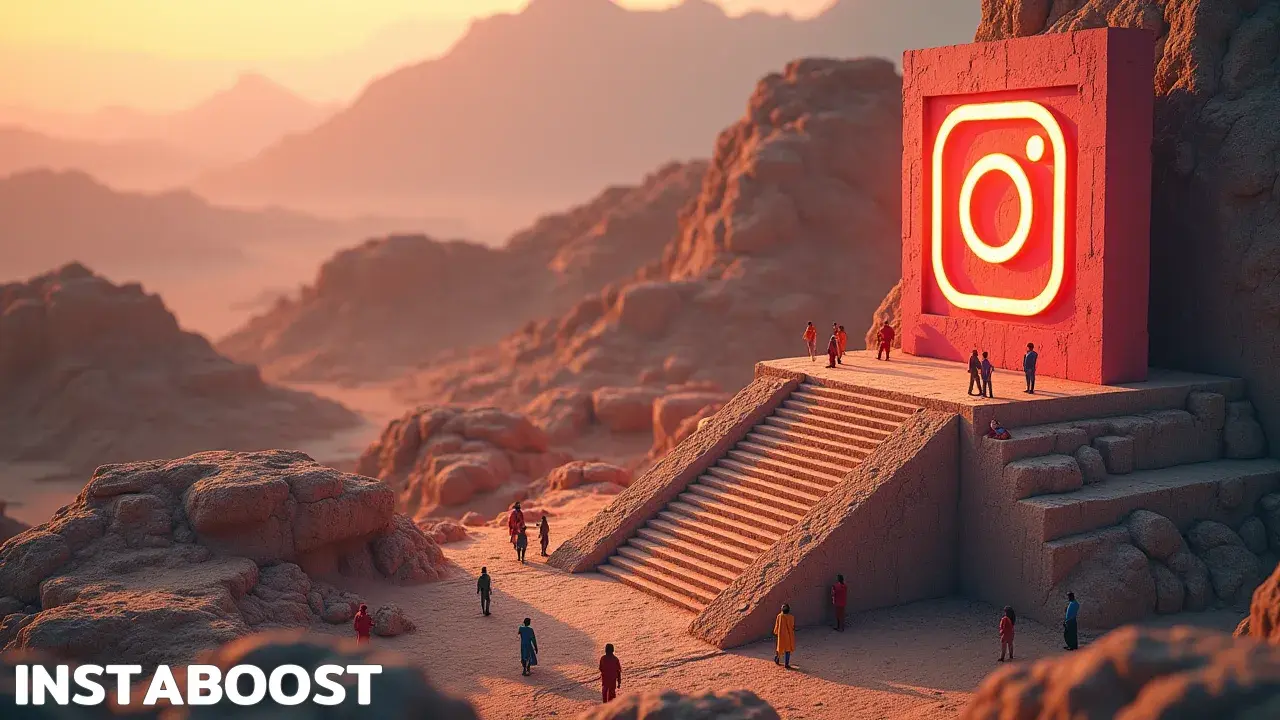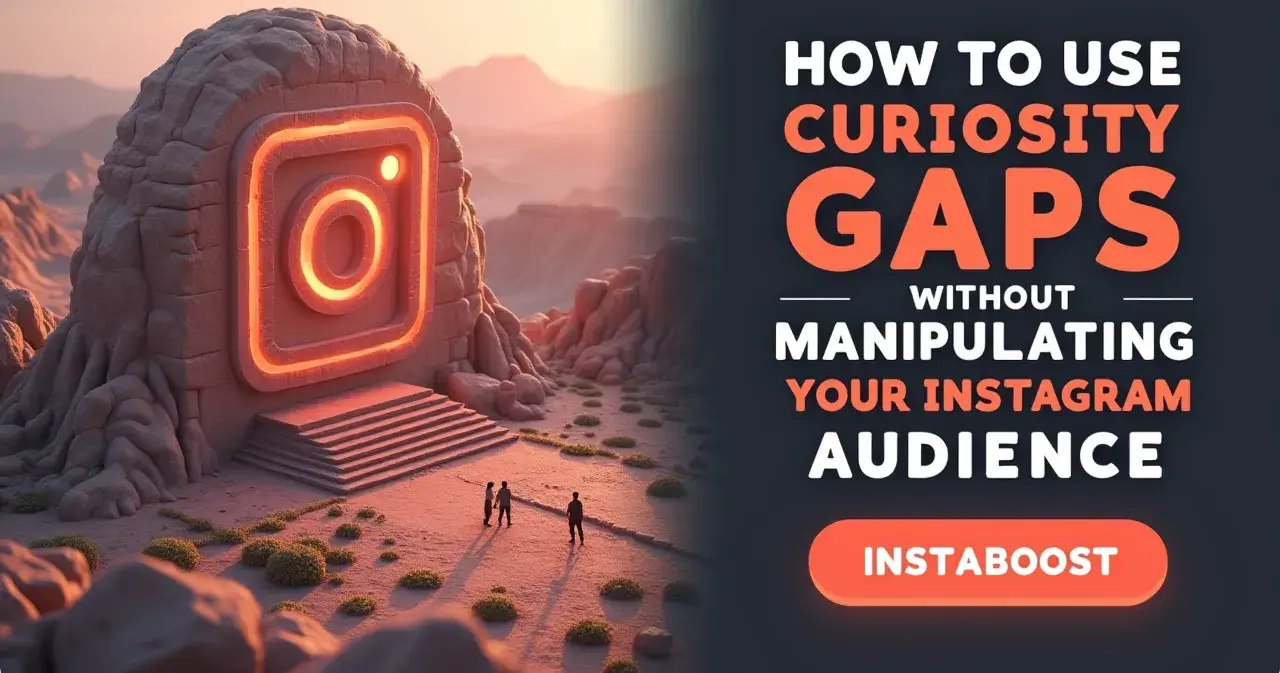How To Use Curiosity Gaps Without Manipulating Your Instagram Audience?
Curiosity gaps can attract attention when they promise relevant value and deliver it promptly. On Instagram, frame captions and Stories to hint at outcomes while keeping context clear, avoiding exaggerated claims or misleading omissions. Align teases with the actual post content, and close the loop quickly so interest feels rewarded rather than exploited. Track engagement and sentiment to refine how much you withhold, aiming for intrigue that respects expectations and builds trust.
Curiosity Gaps: A Tool, Not a Trap
Curiosity gaps can actually do a lot on social media, but they’re not always straightforward. Used with care, they give people enough to wonder about without feeling pushed or manipulated. Sometimes, for example, a simple Instagram Story that hints at a behind-the-scenes process can encourage people to ask questions or keep following along. I’ve noticed that when people genuinely want to share or grow faster with Instagram, they tend to focus on giving their audience something real to think about, rather than just chasing attention.
But it’s easy to cross the line into clickbait – posting something vague or sensational just to get people to look, without sharing anything genuine. What ends up mattering isn’t how many people follow you, or even the topic of your posts, but the reason you’re using these curiosity gaps in the first place. If you’re doing it out of respect for your audience – wanting to share something real, or hoping to have a conversation – people can usually feel that. When the questions or hints you share actually connect to what you care about, or the work you’re doing, it starts to feel more inviting. The point isn’t to be mysterious for its own sake, but to give people a reason to get involved, to think, or to respond.
Sometimes, creators mix up being unclear with being interesting, and it backfires. The connection happens when you use curiosity as a way to build something real, not as a trick for more likes. When you understand what makes these gaps work, and you’re honest about why you’re using them, it can help people trust you a bit more. That’s the part worth paying attention to – how you approach these things and whether you’re using them in a way that actually fits what you want to share.

Why Trust Is the Real Currency
A lot of changes on Instagram start quietly, in ways most people barely notice. When creators use curiosity gaps – maybe leaving something out or sharing a behind-the-scenes moment – it’s not just about grabbing attention. What really matters is whether people start to trust you over time. Most people can tell when someone is pushing too hard or being vague just to get more clicks. Using curiosity well isn’t about hiding things or playing tricks; it’s more about respecting your audience, letting them piece things together for themselves. You might share a quick look at a project before it’s finished or mention something you’re working on without explaining every detail.
That’s not the same as clickbait, and people notice the difference. There’s always talk about shortcuts, like ways to buy Instagram followers online, but those never really replace the kind of trust that comes from just showing up honestly, without trying to force engagement. Over time, people start to trust that your account is worth following because you aren’t trying to trick them, and that sticks more than any trend. The creators who think about curiosity this way – not overdoing it, not taking people for granted – tend to hang on to their influence as things change. Authenticity and transparency aren’t exactly steps to follow; they just sort of shape how everything else happens.
Designing Curiosity with Intent
It’s not really about automating everything or following a step-by-step formula. Connecting with people is the real point. When you’re using curiosity gaps on Instagram, it doesn’t help to just make things mysterious for the sake of it or repeat the same old “wait till you see” tricks. Instead, it helps to pay attention to what actually matters to the people who follow you. For example, if you’re sharing a carousel about how you made something, you don’t have to hide the end result behind a bunch of buildup. Showing the parts that didn’t go as planned, or the small decisions along the way, and asking a real question about someone’s own process can do a lot more.
People can tell when you’re respecting their time, and I think that makes them want to stick around. Curiosity doesn’t have to mean holding something back or making people guess for the sake of it – it can be an open invitation to look closer or to join in. Instagram’s changing, too; it rewards the kinds of interactions that feel genuine instead of those that try to trick people into clicking. For a brand like INSTABOOST, focusing on telling the story and letting people in – sharing the process, asking for input – goes further than any quick tease. It’s easy to forget, but most of us are looking for the kind of posts we’re glad we spent time on, not the ones that just made us scroll a little longer, and sometimes the posts that resonate most aren’t even the ones that get likes instantly.
When Curiosity Crosses the Line
It’s hard to miss how the loudest tactics on Instagram – like bold headlines, constant countdowns, or those “You won’t believe what happened next!” hooks – tend to offer the least value. When your feed is full of this stuff, it’s clear how the line between genuine curiosity and manipulation gets blurry. The trouble isn’t just that these tricks get tired quickly; they also start to erode the trust you’ve spent time building with your followers. Overpromising and underdelivering doesn’t just disappoint people – it teaches them to tune out. Real engagement isn’t about getting someone to stop scrolling for a flashy moment; it’s about giving them a reason to want to stay and take part.
Sometimes, it’s easy to forget, especially with all the talk about how to gain attention with views, that there’s more value in opening up with an honest question or sharing a bit of your process than in chasing empty metrics. Leaving room for conversation to happen naturally creates a different kind of curiosity gap – one that’s based on respect, where people feel included instead of misled. When you take this approach, it does more for your reputation, and it’s one of the ways you can build a steady community, even as Instagram’s trends keep shifting. If you’re hoping for something more lasting than a spike in views, it’s worth resisting the pressure for instant results. There’s something steadier in the kind of curiosity that makes people want to stay a little longer, not just tap past. This balance isn’t always easy, but over time, it seems to be how people end up with a group of followers who actually care – not just about the posts, but about the person behind them.
Trust Is the Real Growth Hack
You’re probably already familiar with this – it’s easy to forget, though, especially with how fast things move on Instagram. If you want to use curiosity gaps in a way that actually feels good and lasts, trust is the thing that makes the difference. People pick up on whether you really care about their experience or if you’re mostly after clicks and quick reactions. When curiosity comes from a genuine place, it’s more of an open door than a trick. There’s a difference between inviting someone to think more about something because you respect their attention, and tossing out half-answers to keep them hanging on.
That’s why the accounts people actually stick with aren’t always the ones with the flashiest teasers; they’re usually the ones that share just enough, right when it matters, so the conversation feels honest. In those spaces, you sometimes notice how people naturally gain more traction with shares, not just because of clever hooks but because followers trust what’s being shared. If you keep following through on what you hint at, you set up an expectation that you’ll be straightforward and that there’s something real on the other side. This doesn’t mean you have to give everything away or stop building anticipation – it’s more about whether withholding information is for the sake of including people in something interesting, or just to rake in engagement numbers.
Over time, you can see the difference: people respond to honest back-and-forth, and they bring others along when they trust what you’re doing. Curiosity works best when it’s part of a real exchange, not a one-way street, and the people who get that are usually the ones quietly shaping how things feel on Instagram, even if it isn’t obvious at first.















